Facebook ads can be a powerful tool for scaling any brand, because of Facebook's large user base and ability to leverage data to target ads. We have to emphasize the importance of increasing the lifetime value (LTV) of customers by improving the second purchase rate and the average order value (AOV) of each purchase. Ultimately, the goal is to acquire future cash flow at a profit and manage cash flow through a cycle of second purchase rate and cadence.
Chapters
00:00 Intro
00:15 How to Target your Best Customers with Facebook Ads
02:33 How to Scale a brand with Facebook Ads by focusing on Cash Flow and Buyer Cadence
07:06 The Best Kinds of Facebook Ads for DTC Brands in 2023
Resources:
Learn about the Facebook Ads MBA Program @ MBA.FacebookDisrupter.com
~ See MORE SUCCESS & LESS STRESS while you SCALE WITH CONFIDENCE!
“The Shape of Disrupt to Come”: Newsletter.FacebookDisrupter.com
Follow Me:
Twitter: https://bit.ly/3wb9IWR
Instagram: https://bit.ly/3lh8m6F
TikTok: https://bit.ly/3N1HSli
Facebook Group: https://bit.ly/3ytD58g
First, we have to remember that targeting happens with the ad, not the audience. Studies have shown that over a third of the people in your Facebook targeting audience are there by a mistake, and sometimes more than half of the people in that interest group are there because they don't like something.
In summary, using Facebook interest groups to target ads may not be effective because they often contain a large number of people who are not actually interested in the product or service being advertised, and being in an interest group does not necessarily indicate that a person has any intent to make a purchase.
Also, we have to remember that we are buying attention, not results. Our business should be built to convert that attention into profitable customer journeys, which rely on PSM.
PSM = LTV / (CPA + COGS)
Facebook allows us to have a stable and projectable CPA, and COGS is out of our control. From there, it's about focusing on cash flow profiles and LTV.
Managing cash flow through the lens of second purchase rate (SPR) and buying cadence is an important strategy for scaling any brand with Facebook ads. By improving the second purchase rate and cadence, we can increase cash flow. When a customer makes a second purchase, we generate additional revenue without having to spend as much money on acquiring a new customer. This is because the customer is already familiar with our brand and has made a purchase before, and even if we have to pay to make that sale, it is usually at a much better exchange rate on our investment (a lower CPA to Revenue ratio).
A cadence refers to the frequency of customer purchases and the timeline of those purchases. If our customers purchase more frequently, it's more likely that we will generate more revenue from each customer.
We can track the second purchase rate and cadence, by product/offer, and by doing so we can identify the customer journeys that are more likely to drive additional purchases. This is crucial because it helps us to acquire future cash flow at a profit, which delivers us more money we can invest in growth.
In addition, by monitoring the cash flow, we can ensure that we have enough money to cover expenses and invest in growth. This could include things like hiring new employees, buying new inventory, expanding the product line, or increasing the marketing budget.
Overall, managing cash flow through a cycle of second purchase rate and cadence is an important strategy to ensure that the brand has the financial resources to grow and scale.
Increasing the lifetime value (LTV) of customers is also a vital aspect of scaling any DTC brand. LTV is a measure of the total revenue that a customer will generate for a business over the course of their lifetime. By increasing the LTV of customers, a brand can acquire future cash flow at a profit.
One of the key ways to increase LTV is to improve the second purchase rate (SPR). This refers to how often a customer who has made one purchase is likely to make a second purchase. By improving the second purchase rate, a brand can acquire future cash flow at a profit because the customer is more likely to return and make additional purchases.
Another way to increase LTV is to improve the average order value (AOV) of each purchase. AOV is the average amount that a customer spends per purchase. By increasing the AOV, a brand can generate more revenue from each customer purchase, which increases the overall LTV of the customer.
Overall, the path of prioritizing LTV is finding the simplest way to ensure that somebody that pays you today is also going to pay you tomorrow, next week, next month and next year, and so on. With a higher LTV, you can invest more money in acquiring more customers and growing your business. This allows a brand to effectively tap into fractional banking to grow far more aggressively than focusing on day 1 profits ever could.
Chapters
00:00 Intro
00:15 How to Target your Best Customers with Facebook Ads
02:33 How to Scale a brand with Facebook Ads by focusing on Cash Flow and Buyer Cadence
07:06 The Best Kinds of Facebook Ads for DTC Brands in 2023
Resources:
Learn about the Facebook Ads MBA Program @ MBA.FacebookDisrupter.com
~ See MORE SUCCESS & LESS STRESS while you SCALE WITH CONFIDENCE!
“The Shape of Disrupt to Come”: Newsletter.FacebookDisrupter.com
Follow Me:
Twitter: https://bit.ly/3wb9IWR
Instagram: https://bit.ly/3lh8m6F
TikTok: https://bit.ly/3N1HSli
Facebook Group: https://bit.ly/3ytD58g
First, we have to remember that targeting happens with the ad, not the audience. Studies have shown that over a third of the people in your Facebook targeting audience are there by a mistake, and sometimes more than half of the people in that interest group are there because they don't like something.
In summary, using Facebook interest groups to target ads may not be effective because they often contain a large number of people who are not actually interested in the product or service being advertised, and being in an interest group does not necessarily indicate that a person has any intent to make a purchase.
Also, we have to remember that we are buying attention, not results. Our business should be built to convert that attention into profitable customer journeys, which rely on PSM.
PSM = LTV / (CPA + COGS)
Facebook allows us to have a stable and projectable CPA, and COGS is out of our control. From there, it's about focusing on cash flow profiles and LTV.
Managing cash flow through the lens of second purchase rate (SPR) and buying cadence is an important strategy for scaling any brand with Facebook ads. By improving the second purchase rate and cadence, we can increase cash flow. When a customer makes a second purchase, we generate additional revenue without having to spend as much money on acquiring a new customer. This is because the customer is already familiar with our brand and has made a purchase before, and even if we have to pay to make that sale, it is usually at a much better exchange rate on our investment (a lower CPA to Revenue ratio).
A cadence refers to the frequency of customer purchases and the timeline of those purchases. If our customers purchase more frequently, it's more likely that we will generate more revenue from each customer.
We can track the second purchase rate and cadence, by product/offer, and by doing so we can identify the customer journeys that are more likely to drive additional purchases. This is crucial because it helps us to acquire future cash flow at a profit, which delivers us more money we can invest in growth.
In addition, by monitoring the cash flow, we can ensure that we have enough money to cover expenses and invest in growth. This could include things like hiring new employees, buying new inventory, expanding the product line, or increasing the marketing budget.
Overall, managing cash flow through a cycle of second purchase rate and cadence is an important strategy to ensure that the brand has the financial resources to grow and scale.
Increasing the lifetime value (LTV) of customers is also a vital aspect of scaling any DTC brand. LTV is a measure of the total revenue that a customer will generate for a business over the course of their lifetime. By increasing the LTV of customers, a brand can acquire future cash flow at a profit.
One of the key ways to increase LTV is to improve the second purchase rate (SPR). This refers to how often a customer who has made one purchase is likely to make a second purchase. By improving the second purchase rate, a brand can acquire future cash flow at a profit because the customer is more likely to return and make additional purchases.
Another way to increase LTV is to improve the average order value (AOV) of each purchase. AOV is the average amount that a customer spends per purchase. By increasing the AOV, a brand can generate more revenue from each customer purchase, which increases the overall LTV of the customer.
Overall, the path of prioritizing LTV is finding the simplest way to ensure that somebody that pays you today is also going to pay you tomorrow, next week, next month and next year, and so on. With a higher LTV, you can invest more money in acquiring more customers and growing your business. This allows a brand to effectively tap into fractional banking to grow far more aggressively than focusing on day 1 profits ever could.

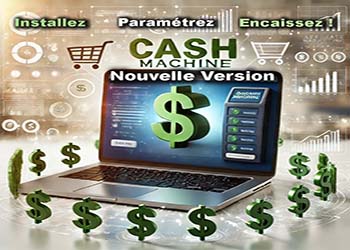






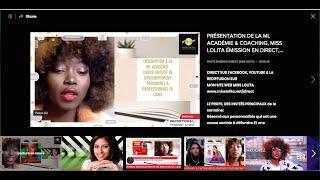
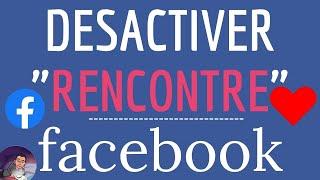
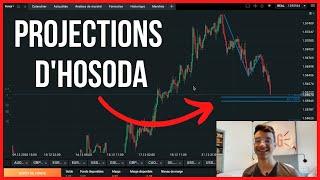
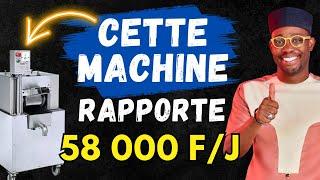

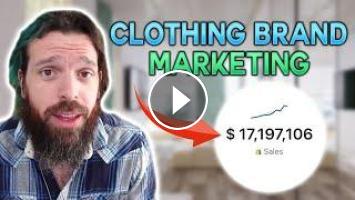
Commentaires